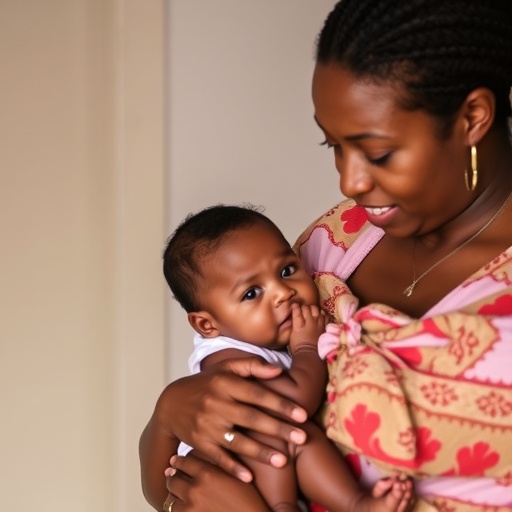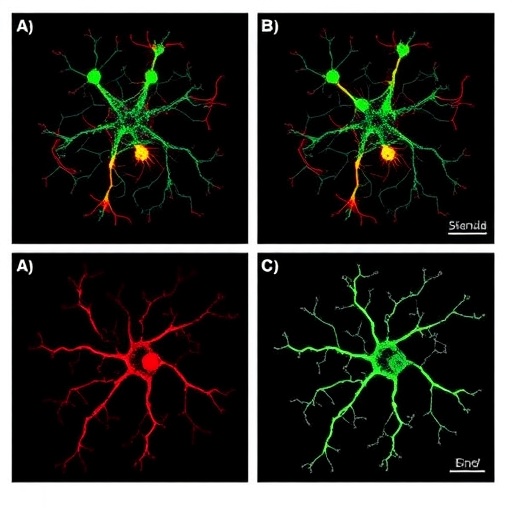Compared with cesarean deliveries, midpelvic forceps and midpelvic vacuum deliveries lead to higher rates of maternal and infant trauma, according to a new study published in CMAJ (Canadian Medical Association Journal) http://www.cmaj.ca/lookup/doi/10.1503/cmaj.161156
These midpelvic operative vaginal deliveries, carried out when the baby's head is midway through the mother's pelvis, account for about 3% of singleton deliveries in Canada, approximately 10 000 deliveries per year.
Previous evidence on maternal and child injury and death after delivery with forceps or vacuum compared with cesarean delivery is inconsistent. In Canada, more than 20% of all deliveries by forceps or vacuum are midpelvic deliveries. In 2014, the American College of Obstetricians and Gynecologists encouraged increased use of forceps and vacuum delivery to reduce rates of cesarean deliveries.
To better understand the impact of operative vaginal delivery compared with cesarean when either could be used, researchers looked at data on 187 234 singleton births in Canada, excluding Quebec, over 10 years (2003-2013). They included all midpelvic live or stillbirths via forceps or vacuum and cesarean delivery between 37 and 41 weeks gestational age. Of these, 76 755 women needed intervention because of poor uterine contractions and 110 479 because of fetal distress.
In deliveries that did not involve fetal distress, severe complications for the baby were 80% higher following midpelvic forceps and midpelvic vacuum compared with cesarean delivery. The rate of severe birth trauma was five- to ten-fold higher in deliveries by midpelvic forceps and midpelvic vacuum compared with cesarean delivery. Severe obstetric tearing occurred in 19% of women delivered by midpelvic forceps, 12% of women delivered by midpelvic vacuum, and 20% of women that delivered using a combination of midpelvic vacuum and forceps.
The study was restricted to deliveries in which the baby's head was midway through the maternal pelvis and does not apply to forceps and vacuum deliveries carried out when the baby's head has descended further down the birth canal.
"It is important to understand that similar to cesarean deliveries, midpelvic forceps and vacuum deliveries are invasive procedures with their own risks — risks that we have now quantified and that should be communicated to women who may encounter them, especially when the risk is as high as one in five," says lead author, Giulia Muraca, a doctoral researcher at the School of Population and Public Health, University of British Columbia (UBC). "Women who are delivered by midpelvic forceps or midpelvic vacuum should be afforded the same standard of informed consent as women who consent to cesarean delivery. Ideally, this should take place prior to labour when women are considering their birth plans."
"Our study suggests that unless we can improve our ability to select candidates for midpelvic forceps and vacuum deliveries, or improve training in such deliveries, encouraging higher rates of forceps and vacuum delivery to reduce the cesarean delivery rate could increase rates of neonatal complications, especially birth trauma, as well as maternal complications such as severe postpartum hemorrhage, and obstetric trauma such as tearing," says Giulia Muraca.
The authors stress that there are circumstances during labour, such as fetal distress, when forceps and vacuum have potential to save lives through saving time compared with a cesarean delivery.
The study was limited by the authors' inability to assess the skill level of the physician or health care provider delivering the babies.
###
Researchers from the University of British Columbia, Vancouver, BC and King Saud University, Riyadh, Saudi Arabia conducted the study.
Media Contact
Kim Barnhardt
[email protected]
800-267-9703
@CMAJ
http://www.cmaj.ca/
############
Story Source: Materials provided by Scienmag




